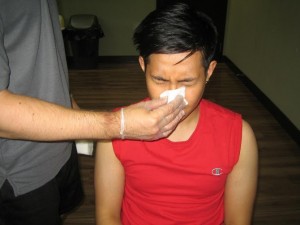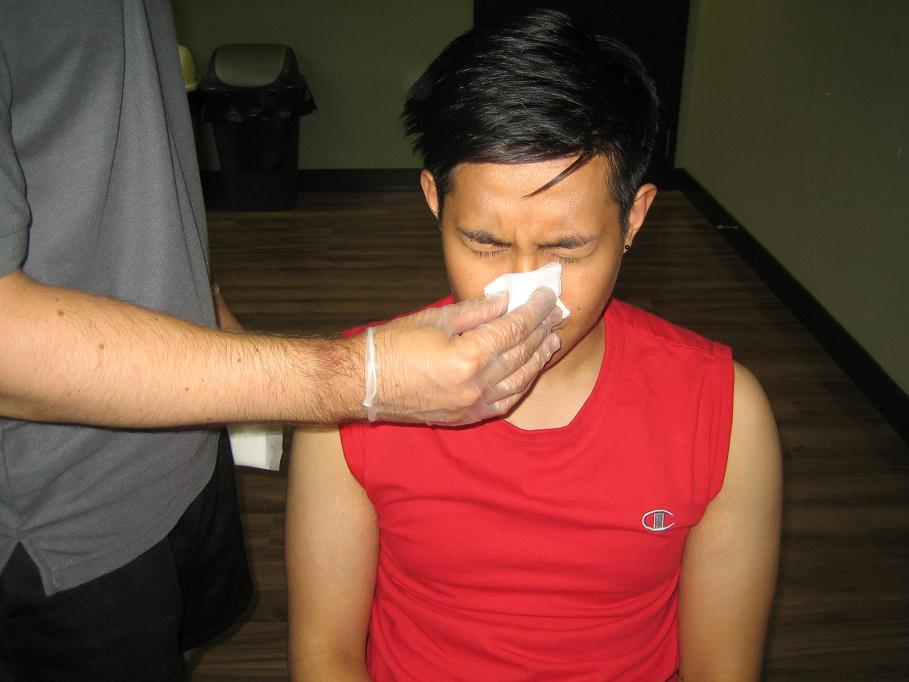Overview
A nosebleed, also known as epistaxis, can occur whenever a blood vessel in any one of the nasal linings bursts. They can be caused by any of the following:

- Infection
- Injury
- Allergic reaction
- Picking your nose
- Pushing an object into your nose
This is a condition that tends to be common in children and is often seen as not being very serious at all; however, if a nosebleed becomes serious or prolonged, you are advised to contact a doctor immediately.
Nasal blood vessels are fragile
The small-sized blood vessels located in the septum can burst rather easily due to how fragile they are. This is something that can also cause a nosebleed. With children, a nosebleed tends to occur only from one side of the nose; however, this condition is something that they typically grow out of. On the other hand, if the nosebleed becomes more serious, you should seek the help of a doctor.
Symptoms
The most common symptoms of a nosebleed include the following:
- Bleeding from one or both of your nostrils
- Feeling liquid flowing at the back of your throat
- Feeling as if you need to swallow frequently
Causes
Many different factors can cause nosebleeds, which include the following:
- Fragile blood vessels that are able to easily bleed, likely in dryer air or after exercise
- The sinuses, nasal lining, or adenoids becoming infected
- Allergic reaction that can cause illnesses such as coughing and hay fever
- Falls and/or bumps
- Pushing an object up your nose
- Picking your nose
- Other problems with bleeding and/or clotting
First aid management
Effectively managing a nosebleed is easier than you think it might be, and this can be done by following these simple steps:
- Reassure crying children, as crying will only increase blood flow
- Sit the affected person up straight and make sure their head is slightly dropped forward
- Apply pressure to the softer part of the nostrils below the bridge of the nose for approximately ten minutes using your finger and thumb
- Encourage the affected person to breathe through their mouth while their nostrils are being pinched to stop a nosebleed
- Loosen any tight clothing that may be around the neck
- Take a cold cloth or cold compress and place it around the affected person’s forehead, while placing another one around the sides of their neck
- Release pressure on the nose after ten minutes to see if the bleeding has stopped
- Seek medical assistance if your nosebleed does not stop
- Tell the affected person to not sniff or blow their nose for approximately 15 minutes after a nosebleed stops, as well as to not blow their nose for the rest of the day
Related video
FACT CHECK
https://www.healthline.com/symptom/nosebleed
https://www.webmd.com/first-aid/nosebleeds-treatment
https://www.nhsinform.scot/illnesses-and-conditions/ears-nose-and-throat/nosebleed

